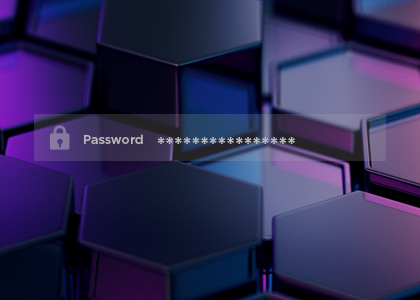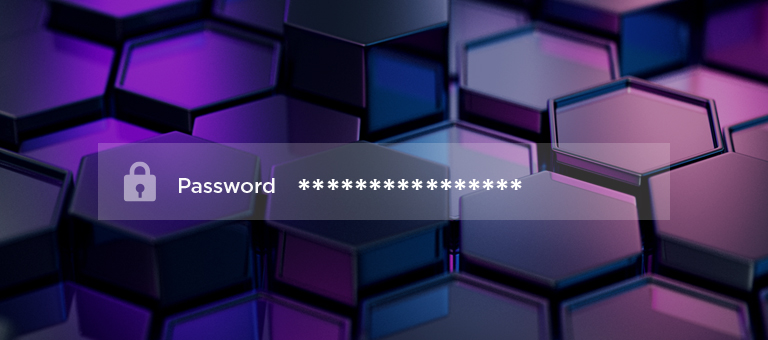


Tips for Creating a Strong Password
Make it long. The shorter your password is, the easier it will be for a hacker to figure it out.
- Use a variety of characters, including upper-case and lower-case letters, numbers, and symbols. The chances of a hacker discovering your passwords become small the more variety you incorporate.
- Don’t use personal information, such as your name, date of birth, family names, pet names, hobbies, etc.
- Don’t use sequential numbers or letters, like 12345 or abcde.
- Avoid creating a pattern that could be easily guessed, like 123abccba321.
- Don’t use “password.”
- Avoid common substitutions, like using a letter as a number or vice versa. For example, DOORBELL could be spelled D00R8377.
- Don’t use the same password for all of your accounts.
Methods for Creating a Strong Password
The Passphrase Method
This method involves creating a phrase or sentence as your password. If you can incorporate upper-case letters, symbols, and numbers, the stronger your password will be! Pick something that is significant to you and easy to remember, but not easily guessed by a hacker.
Example: Ieat2eggs&3pancakes4Breakfast
The Revised Passphrase Method
This is a multiple word phrase method, but instead of using common words, use bizarre or uncommon words. Use proper nouns, names of local businesses, historical figures, words from another language, etc. To make it even more complicated, mix symbols or numbers into the phrase.
Example: Quack2LondonTeaGracias*
The Bruce Schneier Method
This method involves using a sentence as your password, but there’s a catch. You pick a rule and apply it to the sentence. For example, you could take the first two letters of each word in the sentence to create your password. To anyone else, it’s a random concoction of letters, but to you it makes perfect sense.
Example: “The Old Duke is my favorite pub in South London” to TheOlDuismyfapuinSoLo
Use a Password Generator
This tool can provide you with a password with a variety of characters so you don’t have to come up with one yourself. But you do have to take the time to memorize it (as phonetically as possible) and type it out several times until it’s held in your muscle memory.



